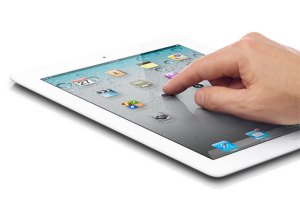
New figures from market research firm Comscore show just how dominant Apple’s iPad is in the tablet market—at least in term of how much Web traffic in generated by the devices’ users. Data from Comscore’s new Device Essentials offering find that the iPad accounts for 89 percent of Web traffic from tablets across all the markets it studied, and in the United States that figure was very nearly 97 percent, with Android tablets accounting for a mere 2.6 percent of U.S. tablet Web traffic.
Comscore’s figures show Android is faring better against Apple in the smartphone arena in the United States, finding some 35.6 percent of traffic from smartphones was from devices running Google’s Android operating system, compared to iPhones at 223.5 percent. Other smartphones accounted for 6.7 percent of U.S. smartphone Web traffic.

In Comscore’s figures, Canada actually stands out as the country where the iPad represents the largest share of non-PC Web traffic, with more than one third of all non-computer Web traffic coming from iPads. In Brazil the iPad accounted for 31.8 percent of non-computer traffic, although non-computer devices in that country account for less than one percent of overall Web traffic.
Comscore also focused on how consumers access newspaper sites, and found that the United Kingdom sees the highest percentage of non-PC devices accessing newspaper sites: almost 10 percent of all access come from smartphones, mobile devices, and tablets. In the United States, that figure is 6.7 percent.


